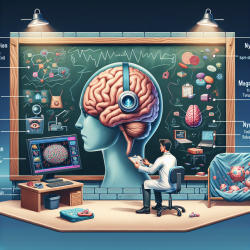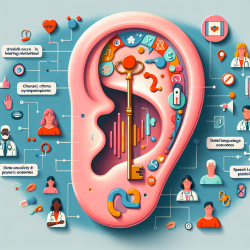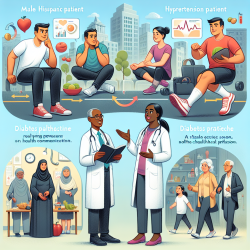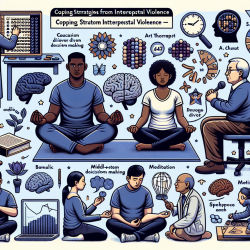Introduction
In the realm of occupational health, presenteeism—a phenomenon where employees attend work despite being unwell—poses significant challenges. This behavior, prevalent across various sectors, often results in decreased productivity and increased health-related costs. A recent scoping review, "Investigating Associations Between Physical Activity and Presenteeism," sheds light on the potential of physical activity as a mitigating factor against presenteeism. This blog aims to distill key insights from the review and explore how practitioners, especially those working with children in schools, can leverage these findings to enhance therapy outcomes.
The Power of Physical Activity
The review highlights a strong correlation between physical activity and reduced presenteeism. Studies predominantly from the American research line define presenteeism as productivity loss due to health issues. These studies suggest that engaging in regular physical activity can significantly lower the risk of presenteeism by improving overall health and productivity.
For practitioners, especially those providing online therapy services to schools, incorporating physical activity into therapy sessions can be transformative. Encouraging children to engage in moderate to vigorous physical activities can enhance their physical health, which in turn can improve their focus and participation during therapy sessions.
Implementing Physical Activity in Therapy
To effectively integrate physical activity into therapy, practitioners can consider the following strategies:
- Incorporate Movement Breaks: Introduce short, structured movement breaks during therapy sessions to help children refocus and re-energize.
- Use Interactive Tools: Utilize online platforms and tools that incorporate physical activities, such as virtual dance or exercise sessions, to engage children.
- Set Physical Activity Goals: Collaborate with children and their families to set achievable physical activity goals that align with their therapy objectives.
Encouraging Further Research
While the review provides valuable insights, it also underscores the need for further research, particularly in understanding the optimal frequency, intensity, and type of physical activity that yields the best outcomes. Practitioners are encouraged to contribute to this growing body of knowledge by documenting and sharing their experiences and outcomes when integrating physical activity into therapy.
Conclusion
By embracing the insights from the scoping review, practitioners can enhance their therapy practices, ultimately leading to better outcomes for children. The integration of physical activity not only addresses presenteeism but also promotes a holistic approach to therapy that supports children's overall well-being.
To read the original research paper, please follow this link: Investigating Associations Between Physical Activity and Presenteeism – A Scoping Review.










